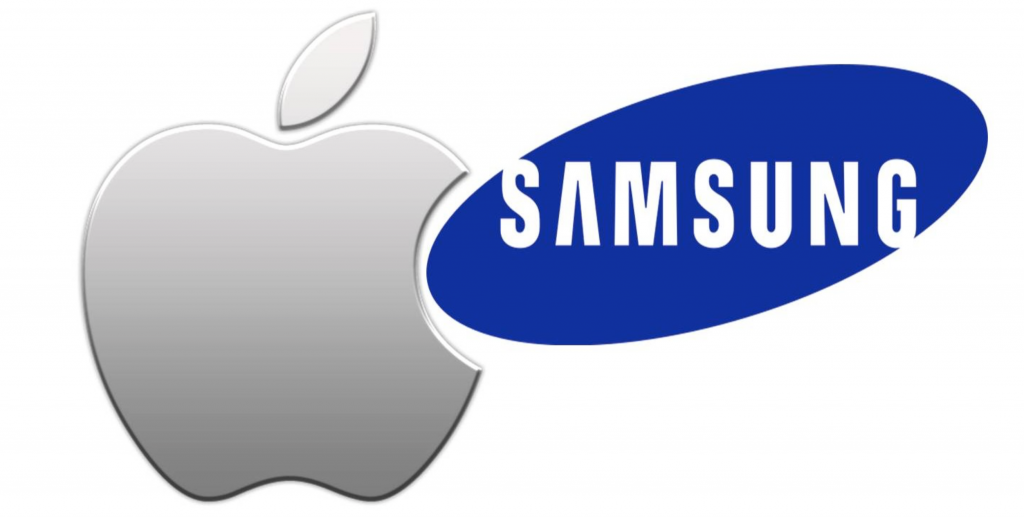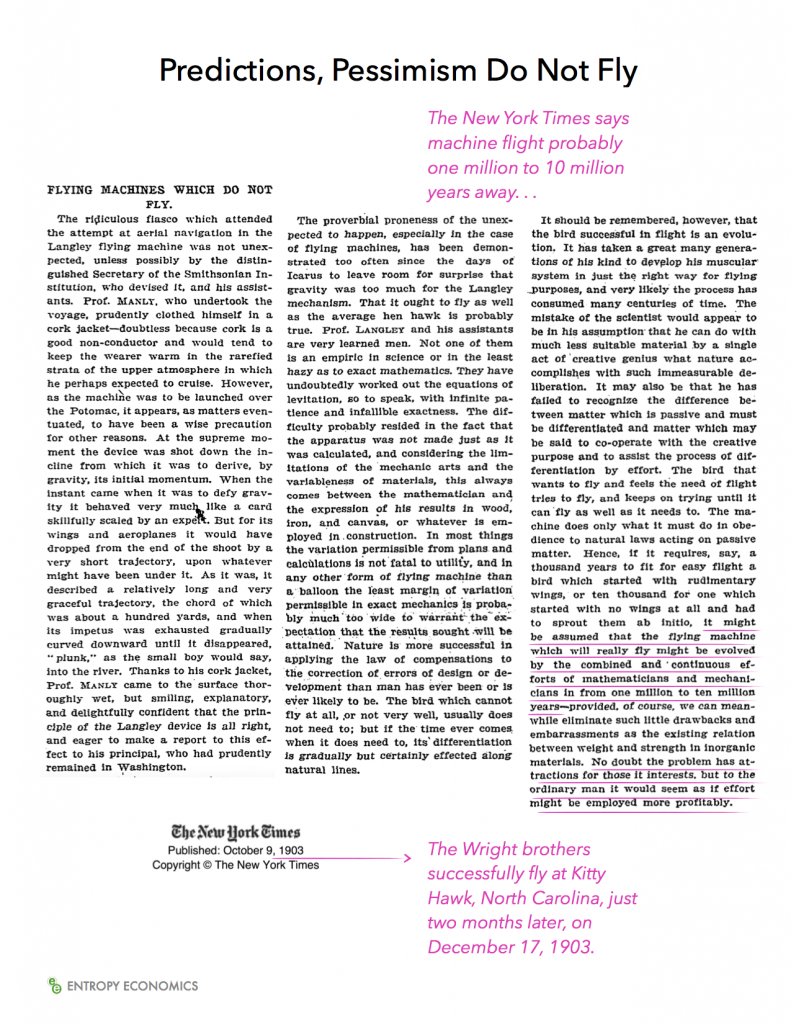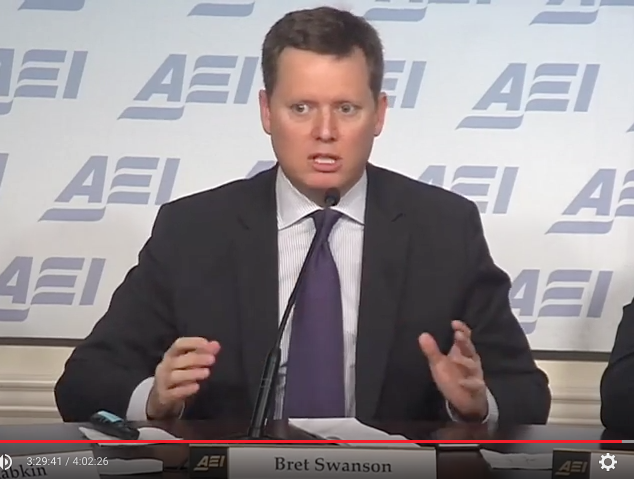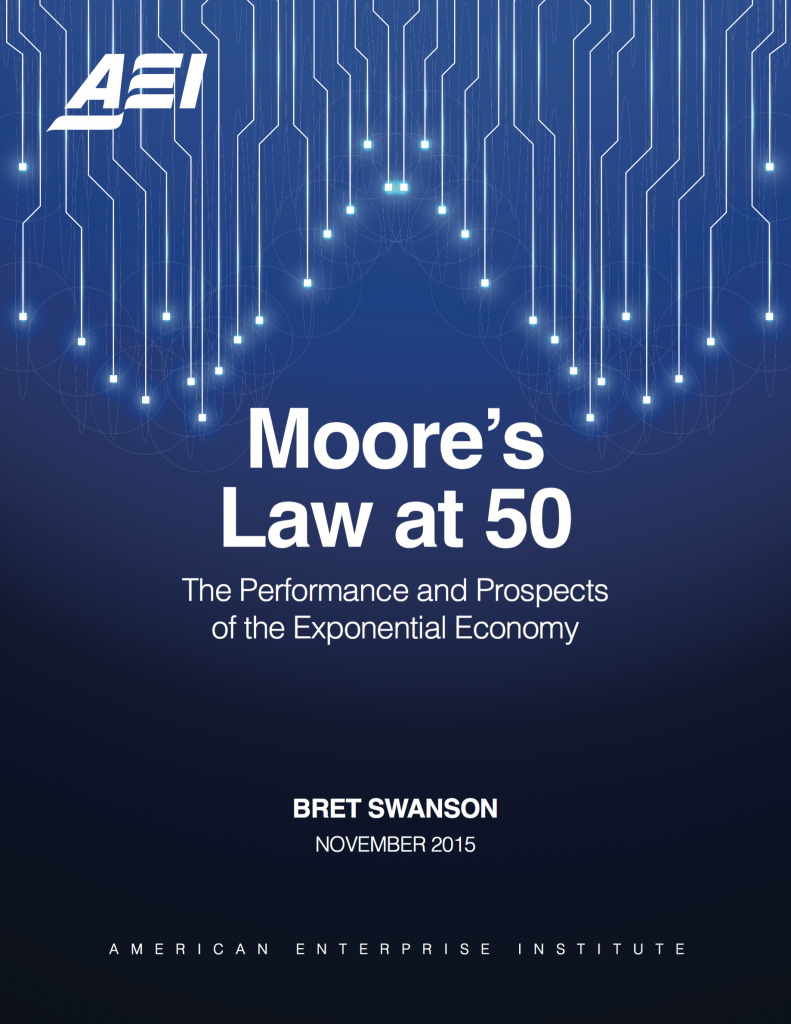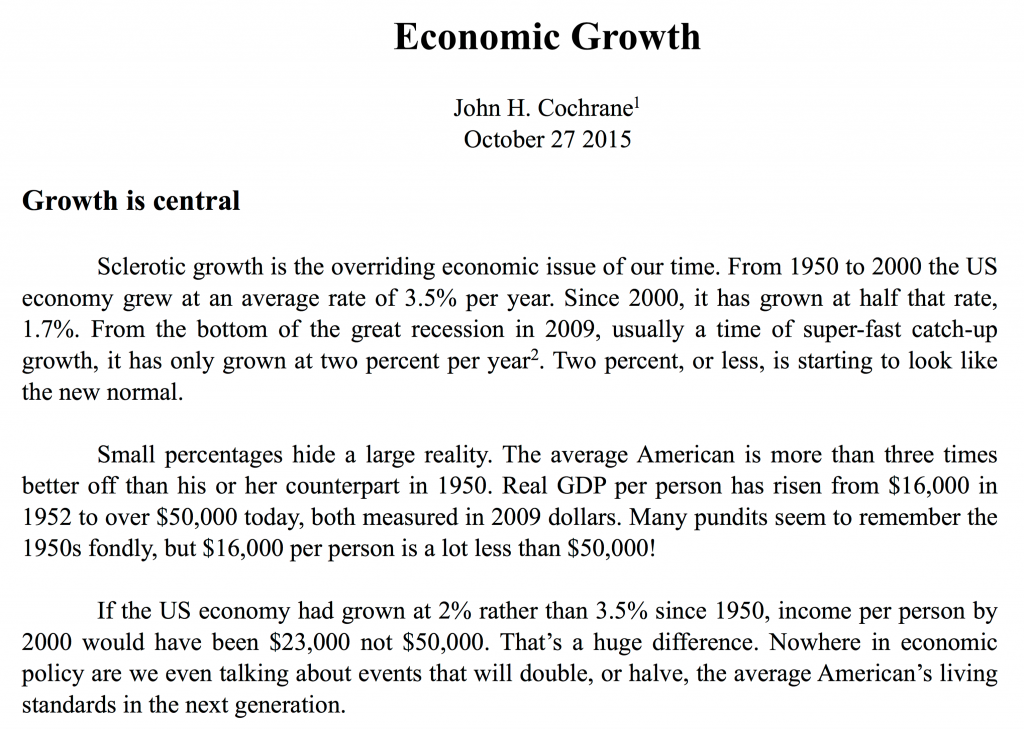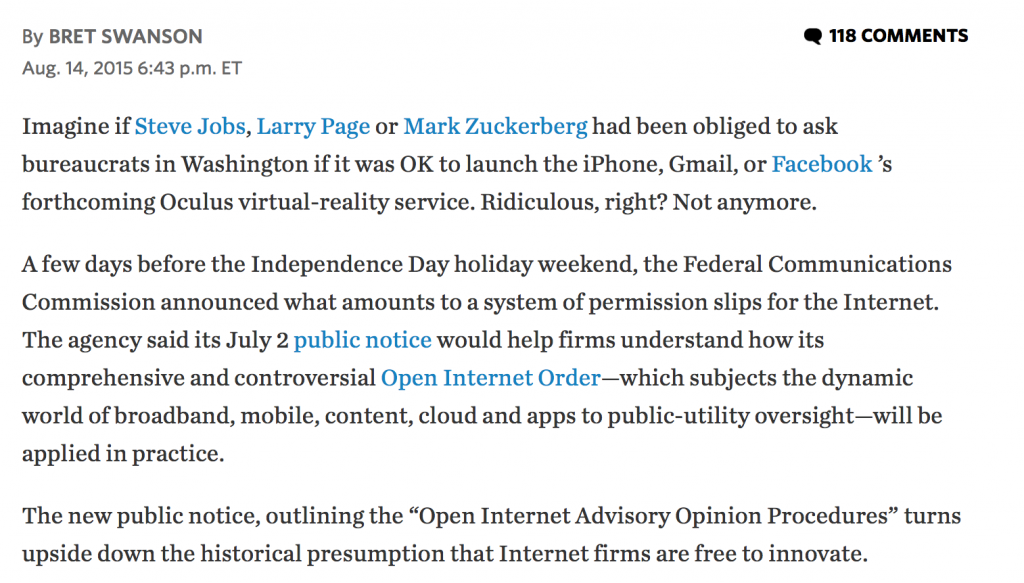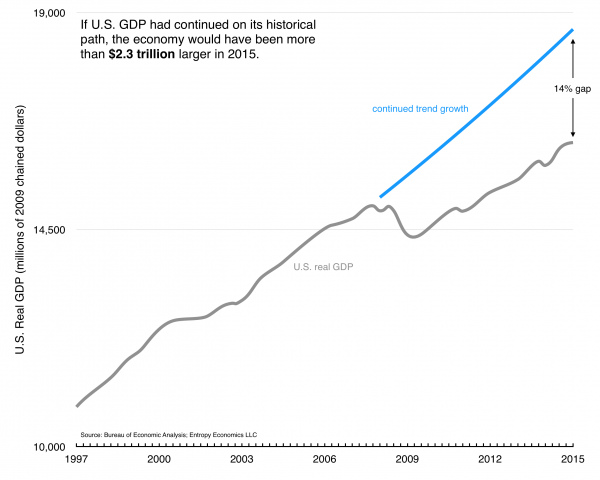Fifteen years ago, Art Laffer, the principal advocate of the Reagan tax reforms, outlined his ideal tax code for the 21st century. In December 2001, I visited Laffer in San Diego and asked him:
What does your perfect tax code look like?
Number one, it should start out on the first dollar you earn. Then take all federal taxes, (except the sin taxes, which are there to discourage behavior not collect revenue) – I’m talking payroll taxes, income taxes, corporate profits taxes, all federal excise taxes, tariffs, telecom taxes – get rid of them all. And have two taxes. One on business value added. And one on personal unadjusted gross income.
Why do you like a value added tax?
Because it’s got a huge tax base. And it’s all value added. You want to tax the value added to the GDP because that’s what you’re getting the resource base out of. You want to tax both unadjusted gross income and business value added because that way you get the whole GDP twice, so you can have half the rate.
What’s the rationale for that?
If you beat a dog, it’s gonna run, but you don’t know which direction. If you feed a dog, you know where it will be. Taxes are like that. People will do all they can to avoid paying taxes. Evasion, avoidance, underground economy, tax shelters, etc. Going out of work. So the theory behind the flat tax is you want the lowest possible rate on the broadest possible base. By having the lowest base, you provide the fewest incentives to evade, avoid or otherwise not report taxable income.
Isn’t there double taxation involved?
Oh, there is. But it’s double taxation of everything the same. There are no distortions. You can tax GDP at, what is it today, 22 percent of GDP. Or you can tax it at 11 percent at the individual level and 11 percent at the production level. I think it makes a lot of sense to tax 11 percent of each because you make the base that much bigger and the rate that much smaller.
If this looks like the tax reform plan of presidential candidate Sen. Ted Cruz, that’s be cause it basically is. Cruz calls the value added portion of his plan a business flat tax and even referred to Laffer’s support for his plan in last week’s debate. Other candidates, however, have attacked this plan as a “VAT” – a value added tax. They assert that this dreaded three letter tax is an obvious menace of high taxation and big government. But why do they say this? Do they really think that Laffer, the economist most widely associated with pro-growth tax policy, and Cruz, a fierce advocate for taxpayers, want to over-tax the U.S. economy?
For the first few days of the debate, the attackers seemed to be emphasizing the semantics rather than the substance – it is too a VAT! they insisted. If they are trying to equate the Cruz flat tax with a European-style VAT, however, I think they are wrong. Most European VATs are sales taxes, applied transaction by transaction. The Cruz/Laffer proposal taxes firms on revenues minus capital investments and payments to other businesses, is based on corporate accounts, and is payable by firms quarterly. It essentially taxes profits and payrolls, not sales. Or as the Tax Foundation put it,
Is It Like A Retail Sales Tax?
No, it’s not.
Most of the GOP tax proposals, regardless of flavor and legal incidence, tax “value added,” so VAT is a much less precise and informative term than the debate this last week would imply. I understand the political incentive for opponents to link the two semantically, but the label matters much less than the substance. Critics make some plausible sounding arguments, but I’m not sure any of them hold up. Among the criticisms:
VATs are a key reason European taxation and government is so large.
It’s true that many European nations employ VATs, but these sales taxes are almost uniformly imposed on top of payroll taxes, corporate taxes, and progressive income taxes. They are not a replacement for these taxes but an addition to these taxes. Laffer’s outline and Cruz’s plan, however, use the business flat tax and the personal flat tax to replace the current tax code, not to augment it.
Conservatives have been warning against European style VATs for decades. Why would we go down this road?
Again, the key argument against Euro style VATs was that American liberals have wanted for a long time to boost taxation and the size of government, and adding a VAT on top of the current tax code has been one Democratic idea to accomplish this. Conservatives were and are correct to argue against this additional layer of taxation. The Tax Foundation analysis says the Cruz plan would boost economic growth without increasing the tax burden (and in many important ways, reducing the tax burden) – just the opposite of the European experience.
Which gets us to the next argument – that VATs raise too much money.
It’s true that economists of all persuasions think VATs are efficient methods to raise revenue, which conservatives usually say is the purpose of the tax code. Not social engineering, not redistribution. Laffer’s explanation above makes the point: the lowest possible rates on the largest possible economic base, which will minimize distortions, disincentives, unfairness, and noncompliance. One of the foundational insights of supply-side economics and the Reagan economic revival was that some taxes are better than others – that tax complexity and high rates can impose large costs on the economy relative to the revenue they collect, and that we can encourage greater economic activity and collect necessary revenues with a more efficient tax code. An efficient tax just means we can enjoy lower rates and less interference in the economy.
Ah, critics say, yes, but VATs tend to hide the cost of government.
True, VATs don’t appear as deductions from your paycheck, nor would the business flat tax. But neither do corporate income taxes appear on your paycheck, nor, for most people, do the high-rate income taxes that pay for a huge proportion of the nation’s total tax take. Taxes in the U.S. today don’t reflect the true cost of government for many voters. Let’s give future voters a little more credit. They would quickly figure out that the business flat tax rates are built into the prices of goods and services and affect wages, and would vote accordingly. (The Cruz plan even says that firms would pay the tax quarterly and report the figures to their employees and shareholders, making it transparent.) In fact, one could argue that a low-rate-broad-base tax would better align voters with good economic policy. In the current highly progressive system in which the cost of government is invisible to many, half(+1) the population can essentially vote to tax the other half(-1). With a flat tax’s broader base and single rate, on the other hand, the costs would be more apparent, less unfairly and arbitrarily distributed, and a substantial majority of voters would be likely to oppose tax rate increases. The Cruz plan would still protect low-income Americans with a larger standard deduction and, they say, an improved EITC.
Yes, yes, yes, but the real threat is that future politicians could raise the VAT rate without people noticing.
Politicians have already proved willing and adept at raising (and complicating) today’s taxes! I understand the theory behind this line of argument, but I just don’t buy it. Again, I think most people would understand that voting to increase the flat tax rate is voting to tax themselves. A further irony: the very critics who warn that future politicians will raise the rates in Cruz’s plan themselves support a tax plan with a corporate tax rate nearly twice as high and a personal income tax rate more than three times as high. One could say their favored tax code thus enshrines from the outset what they warn against as a mere possibility for their opponent’s plan. All that said, yes, I’d love to see some additional protections so that any new and improved tax system would be difficult to undo.
Now, one argument I have not heard from critics but that I can imagine is this: Because a flat tax puts everyone basically in the same boat, and better aligns the incentives of all taxpayers/voters, taxes as a political issue may lose their saliency. Presumably, a large and crucial part of the Republican coalition is based upon the group of voters that pays an overwhelming portion of all taxes. Might some anti-tax advocates think inefficient taxes that gouge some taxpayers are good for generating anti-tax voting incentives and holding together the political coalition? With less of a tax split, would this clear cut issue go away, while the parties realign based on other non-tax issues? I have no idea, am no political expert, and am just speculating.
The fact is that the tax proposals of many of the GOP presidential candidates would all improve the tax code and the U.S. economy. I think the Laffer/Cruz proposal is perhaps the most attractive option among many good plans. For good summaries, detailed analyses, and comparisons of the candidates’ plans, see the Tax Foundation.

